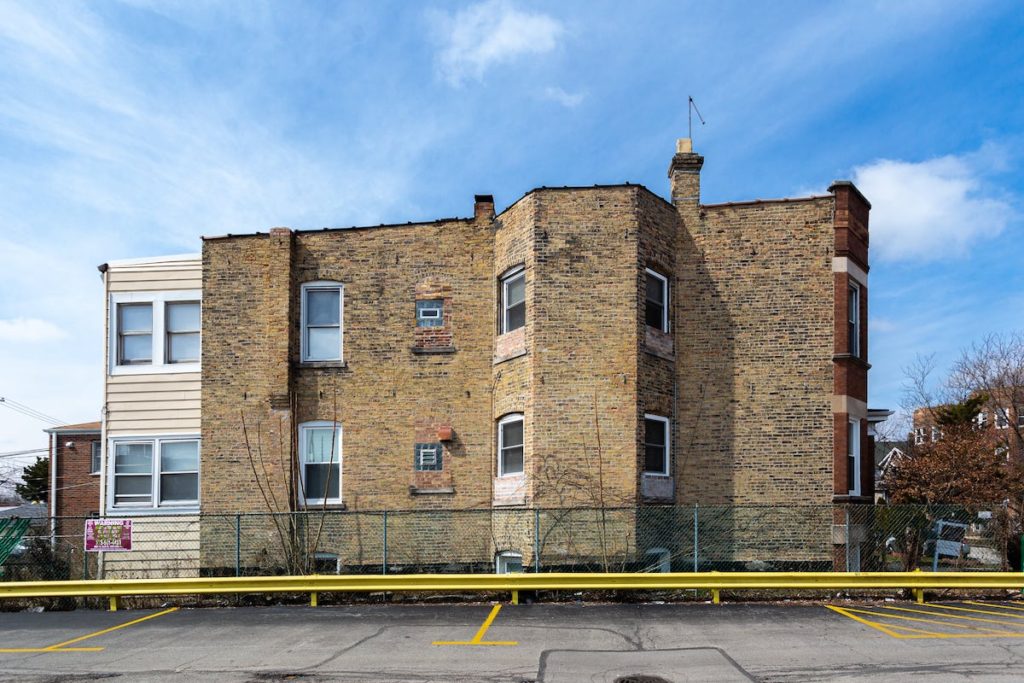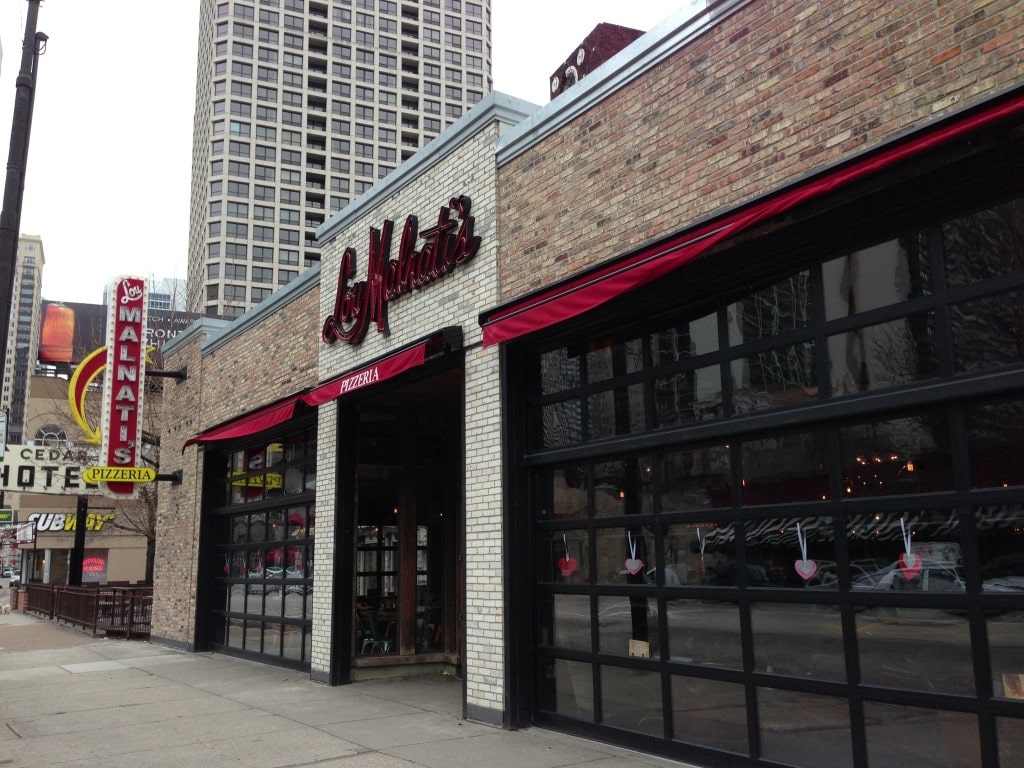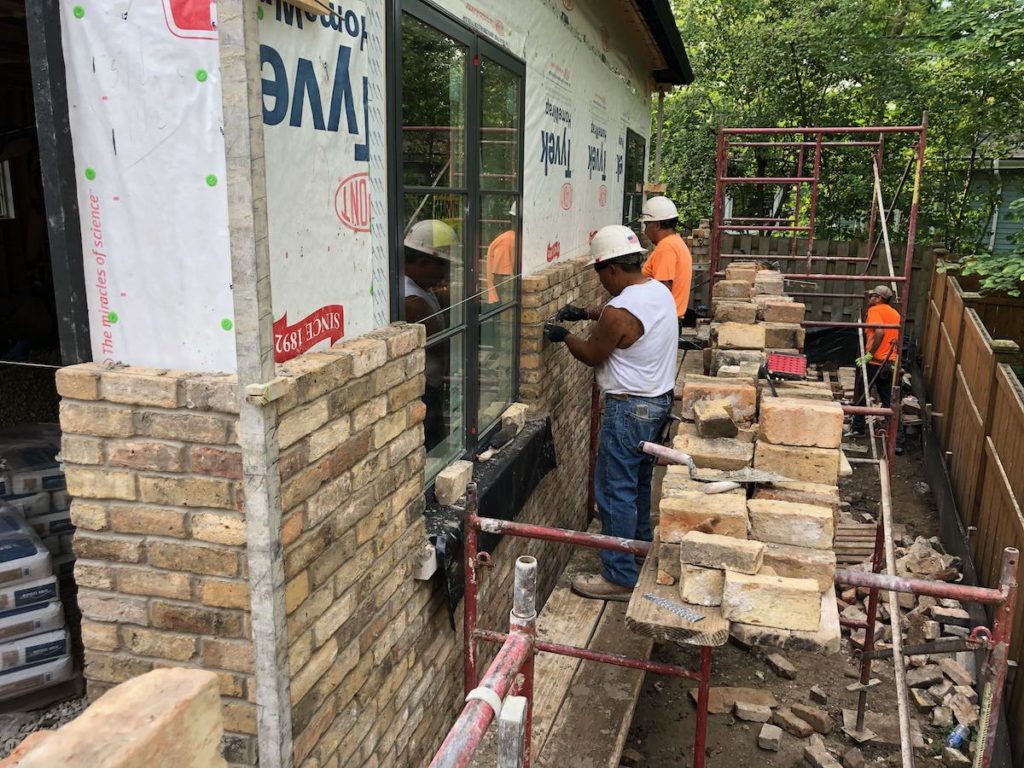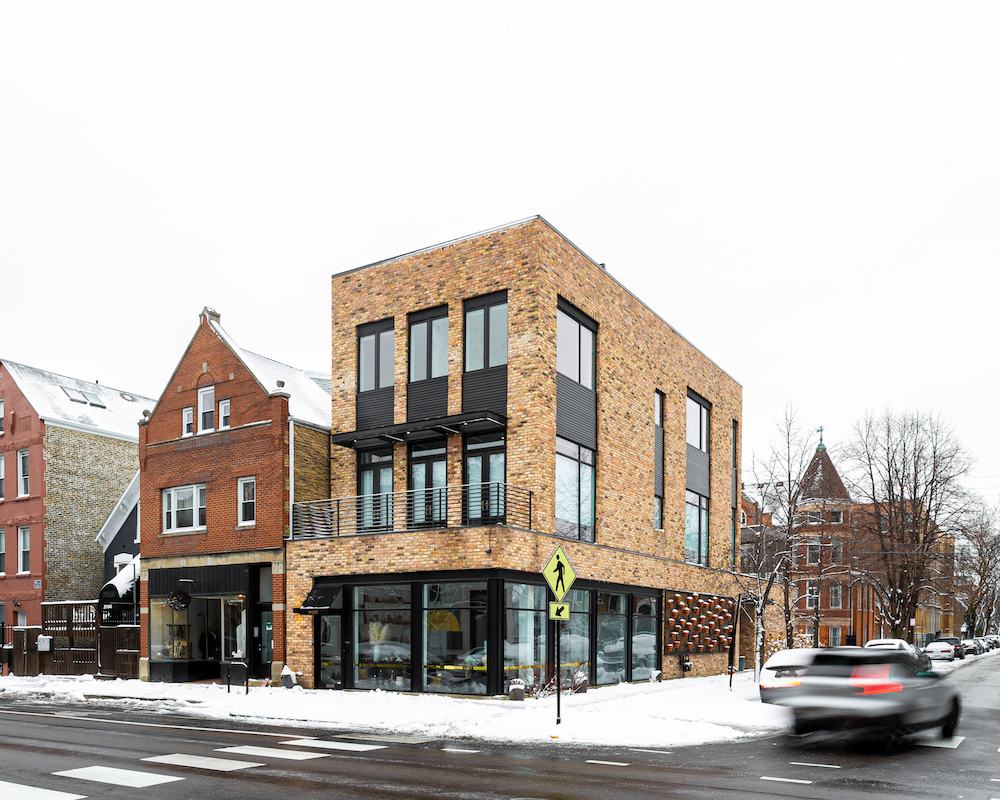Words: Patti Swanson, Bricks Incorporated
Photos: Bricks Incorporated, Brick Of Chicago
These days, we all know that recycling is good for the Earth — most people are familiar with recycling plastic bottles and aluminum cans, or even donating their old clothes. What many people don’t realize is that building materials can be recycled too!
When an older structure is torn down, demolition contractors strive to salvage and resell as much as they can. Proceeds from scrap metals and other reclaimed materials help offset the cost of their work, and keep them from having big drop offs at the landfill. It costs money to throw stuff away, so why not recycle it for a profit instead?
Bricks Incorporated was born in 1968 as a Chicago demolition contractor. At that time, urban renewal and lot clearance projects were creating a lot of material waste. Most of the buildings coming down citywide were constructed between 1871 and 1929, and had been built primarily of Chicago common brick.

Just about every city produced some kind of “common brick” back in the day: a simple, cheap brick made from locally-harvested clay. In Philadelphia and St. Louis, these bricks came out a deep cherry red; in Milwaukee you’ll find light yellow to white “Cream City” bricks, and in Chicago our geology produced sunset-hued brick ranging anywhere from tan, to yellow, to pink, to orange.
Common bricks were mostly used on the backs and sides of city buildings, where their imperfect qualities were hidden from the street. Nicer materials were reserved only for the front facade, be it quarried stone or decorative, more expensive “face brick.”
Suffice it to say, demolition of older structures — then and now — produces truckloads of common brick waste. Since these humble, vintage bricks were generally made solid, and adhered together with soft, lime/sand mortars… they can easily be cleaned up, palletized, and resold by companies like Bricks Inc!
About 20-30% of the building’s masonry will be lost during the demolition or mortar removal processes. Some bricks, especially those that came from the protected inner wythe, will be almost as pristine as the day they were made. Those from the outer wythe typically feature a “dirty” side that reveals the patina of age: soot, stains, graffiti, paints, and weathering. Mixing the two creates unique, one-of-a-kind color ranges beloved by many modern consumers.
Reclaimed materials are subject to changing fashions and fluctuating demand the same way all products are. In the early 1970s, Bricks Inc had to ship salvaged “Chicago commons” by rail to markets in the American South to find buyers. Nowadays, Midwest consumers can’t get enough of the stuff! Many Chicago-born businesses, like pizza chain Lou Malnati’s, incorporate this distinctly regional material into the design of their restaurants across the country.
For restaurant and interior applications, authentic reclaimed bricks are even cut into ½-inch thin brick tiles. One slice can be taken from each face of the brick, while the middle portion is combined with damaged bricks, leftover mortar bits, and other masonry waste, and given away to contractors as “clean fill.”

Though bricks are made of all-natural components, firing at high temperatures makes them virtually impervious to microorganisms. It can take hundreds of years for a brick to break down completely, making this waste material an excellent choice for shoring up foundations and filling in old basements. It won’t harm or release chemicals into the environment, but it also won’t rot or noticeably shift over time.
But what about recycling face brick? Or modern, cored brick? What about decorative terracotta?
Many reclaimers do salvage and resell these materials as well, but demand is more limited. Since face brick would only appear on the front of buildings, less of it can be salvaged from any one jobsite, limiting the possibilities for reuse. Fancy textures can complicate mortar removal, and the same can be said for brick with core holes. While collectors love buying pieces of 1920s glazed terracotta emblazoned with faces, creatures, and patterns… they’re much less likely to want a plain white rectangular piece.
Stone is an exceptional candidate for salvage, however! Limestone window sills and accent bands can be reused on modern homes, hand-hewn granite street pavers look beautiful on contemporary driveways and garden paths, and many natural stone facade materials are sought after for repairs and additions to existing properties.

You can even find reclaimers saving things like stained glass windows, vintage old-growth wood, ornate carvings, old steel windows, antique tile, light fixtures, bathtubs, sinks, handles, and so much more.
As we all become more conscious of our waste, incentives have emerged to encourage architects to design with these eco-friendly, historic products. Up to 13 LEED points can be earned from material choice alone, with a special emphasis on locally-made or recycled products! There’s no better time to start incorporating recycled materials into your projects.
With over 40 years of experience in masonry reclamation, the team at Bricks Inc is always available to answer your questions about salvaged building materials. Reach out by emailing info@bricksinc.net.
